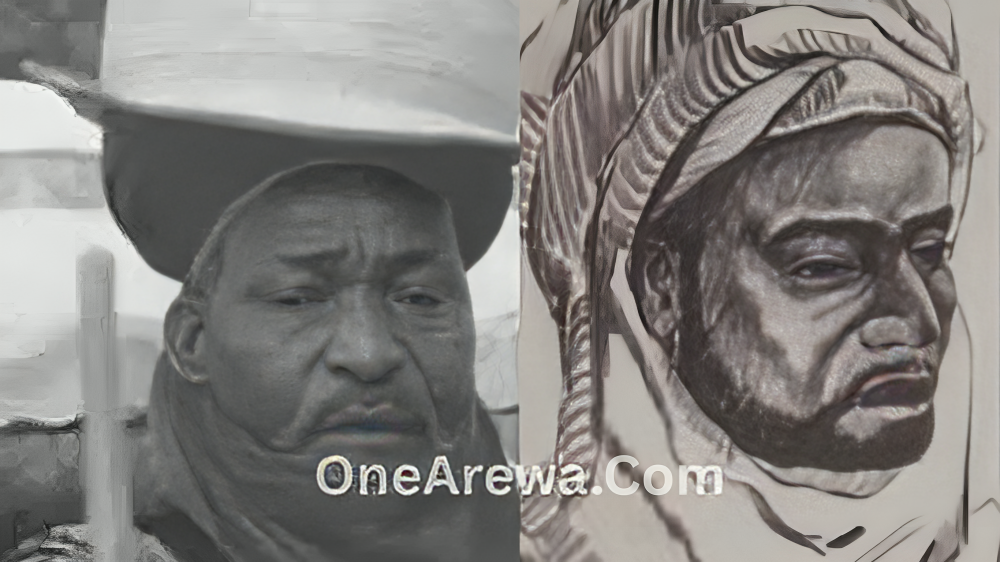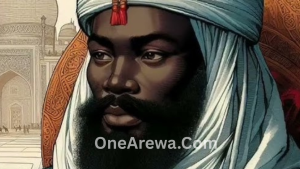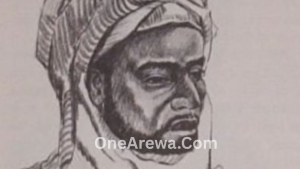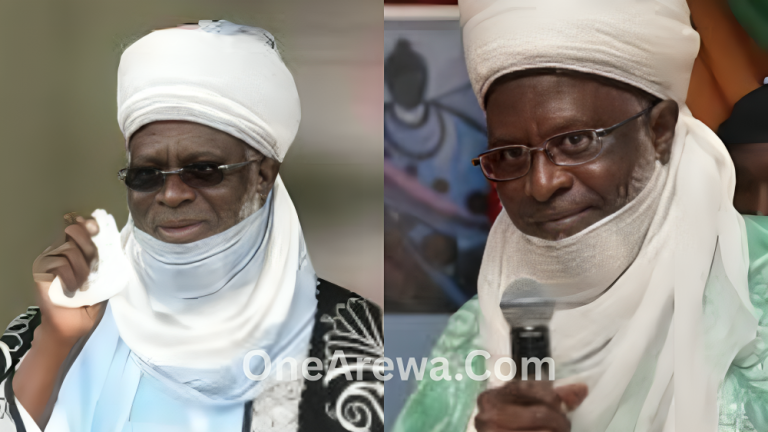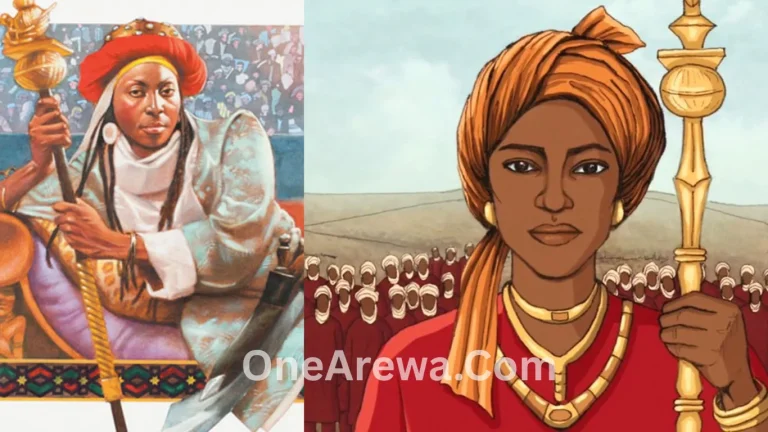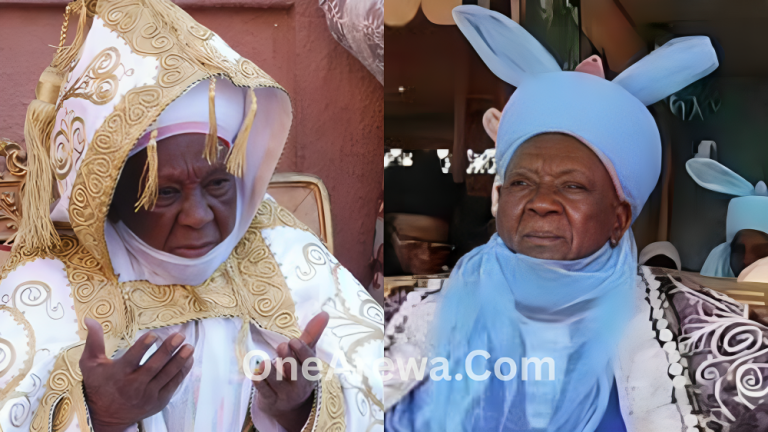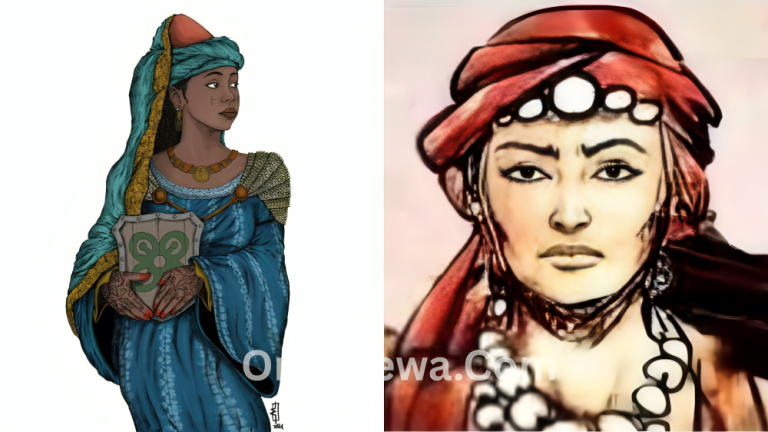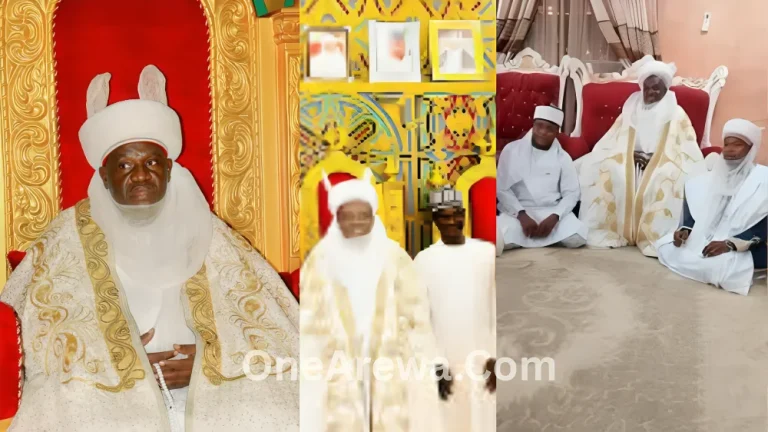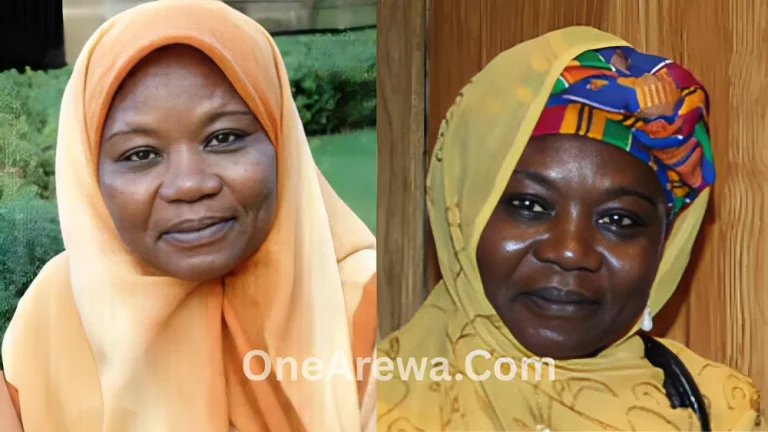The Legacy of Muhammad Rumfa: Personal Life, Power, and Reform in Ancient Kano
The Legacy of Muhammad Rumfa: Personal Life, Power, and Reform in Ancient Kano
Muhammad Rumfa, also known as Muhammad dan Yakubu, was the Sultan of Kano from 1463 to 1499.
His reign marked a golden era of wealth, reform, and Islamic advancement.
Guided by the renowned Berber scholar Muhammad Al-Maghili, Rumfa initiated significant Islamic reforms, including the promotion of purdah (kulle) and the celebration of Eid al-Fitr in Kano for the first time.
He is credited with twelve major innovations, such as the extension of Kano’s city walls, the construction of the Gidan Rumfa (royal palace), the establishment of the Kurmi Market, and the building of the Great Mosque of Kano.
Rumfa also introduced a Council of Nine (Taran Kano) and gave slaves high-ranking governmental roles.
His era witnessed the first war with Katsina, which lasted eleven years, and the alleged but disputed invasion by the Songhai Empire.
Born to Yakubu and Fasima Berana, Rumfa’s lineage is debated, but he is often linked to the Rumfawa dynasty, which ruled until 1623.
He had over a thousand wives, including the influential Madaki Auwa, and fathered successors like Abdullahi dan Rumfa and Abubakar Kado.
His legacy lives on through enduring structures and institutions like Gidan Rumfa and Rumfa College, and he is celebrated as Kano’s greatest ruler.

Muhammad Rumfa’s Wiki Profile
-
Full Name: Muhammad Rumfa
-
Title: Sultan of Kano
-
Reign: 1463 – 1499
-
Era: Kano’s Golden Age
-
Major Contributions: Judicial reforms, Islamic law enforcement, trade expansion
-
Influence: Guided by Islamic scholar Al-Maghili
-
Key Achievements: Built Kano’s city walls, expanded markets, and established the Gidan Rumfa palace
-
Foreign Relations: Strengthened Kano’s political and military alliances
-
Legacy: Remembered as one of Kano’s greatest rulers and reformers.
Check Out: Hajiya Bilkisu Yusuf: Nigeria’s First Female Newspaper Editor and Feminist Icon
Muhammad Rumfa’s Early Life and Accession
Muhammad Rumfa was born in the mid-15th century to Sarkin Kano Yakubu and Fasima Berana.
Though historical accounts differ on the exact details of his ancestry, he is widely believed to have descended from the ruling Bagauda Dynasty.
He grew up in a period of political transition and increasing Islamic influence in Hausaland.
His accession to the throne came in 1463, following the reign of his father, Yakubu, who ruled from 1452 to 1463.
Rumfa’s rise to power marked the beginning of the Rumfawa era, a period of remarkable reform and expansion in Kano.
With support from influential courtiers and scholars, particularly the renowned Berber cleric Muhammad Al-Maghili, Rumfa swiftly consolidated his rule, laying the foundation for what would become one of the most progressive and prosperous reigns in Kano’s history.
Muhammad Rumfa’s Reforms and Innovations
During his reign from 1463 to 1499, Muhammad Rumfa introduced a series of far-reaching reforms and innovations that transformed Kano into a model Islamic city-state.
He strengthened central authority by reorganizing the court system and creating new offices such as the Galadima (prime minister) and Madaki (commander of the army), enhancing administrative efficiency.
He encouraged the spread of Islam by inviting the prominent scholar Muhammad Al-Maghili to Kano in the late 15th century, whose influence helped establish Sharia law and Islamic education.
Rumfa also constructed the famous Gidan Rumfa (Rumfa Palace), which remains the emir’s residence to this day, and expanded the Kano city wall for better defense.
His economic reforms included promoting trans-Saharan trade, establishing markets, and introducing standardized weights and measures, which positioned Kano as a major commercial hub in the Sahel.
These innovations laid the groundwork for Kano’s golden age and cemented Muhammad Rumfa’s legacy as one of the most visionary rulers in West African history.
